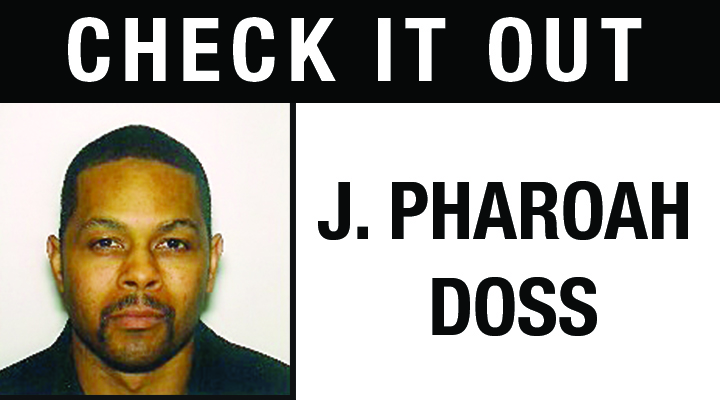by J. Pharoah Doss, For New Pittsburgh Courier
Last week’s column centered around the latest Gallup poll that said, “Positive ratings of relations between Black and White Americans are at their lowest point in more than two decades.” I asked if pessimism was warranted about the future of race relations in America because a writer from the USA Today implied pessimism was a foregone conclusion, but I gave a reason for optimism. Unfortunately, optimism about the future of race relations in America is considered naïve.
So, what does a pessimistic future look like? Two men named Charles tackled this question. One issued a warning, the other a manifesto.
Charles Murray, the controversial social scientist who co-authored the notorious Bell Curve in the 1990s, was recently interviewed about his new book, “Facing Reality: Two Truths about Race in America.” Murray stated, the centrality of the American creed, which is all men are created equal and individuals should be judged by the content of their character, is under assault by ill-liberal extremes. Those extremes have repudiated the American creed by demanding that the state prioritize groups over individuals because certain groups have been systemically discriminated against and others have been systemically advantaged. Therefore, the state must use its power to create equal outcomes.

Murray wrote, “Blacks, constituting 13 percent of the population, are telling Whites, 60 percent of the population, that they are racist, bad people, the cause of Black problems, and they had better change their ways or else. Right or wrong, that rhetoric has been guaranteed to produce backlash by some portion of the 60 percent against the 13 percent.”
Murray told the interviewer to imagine if there was an aggressive push to end systemic racism once and for all in employment. And federal policy forced employers to hire Blacks and Latinos commensurate to their percentages of the population. Employers that felt the federal policy threatened their ability to control their own affairs would simply solve their problem by relocating to red states with so few Blacks and Latinos that the federal policy would no longer be applicable. Then there will be a massive “White flight” from urban centers to red states.
Murray warned that scenario would disintegrate America’s motto “E Pluribus Unum” and end America’s “multi-cultural” experiment, as we know it.
Now, New York Times columnist, Charles Blow, has proposed a solution to the problem in his new book, “The Devil You Know: A Black Power Manifesto.” Blow began by retelling the story of the Great Migration; from 1916 to 1970 millions of African Americans fled the Jim Crow South to relocate in cities in the North and West. However, Blow asked his readers to imagine if the Great Migration never happened and Black people remained in the South until the passage of the Civil Rights Act of 1964 and the Voting Rights Act of 1965. It’s possible, Blow explained, that African Americans, due to being the majority, would have dominated the politics of the deep South and could have controlled or been the driving force behind electing as many as twelve U.S. Senators.
Therefore, Blow proposed a second Great Migration, but in reverse.
Blow wants as many Black descendants of the Great Migration and as many Black people who are not descendants of American slavery to return to the South and do so with “moral and political intentionality.” According to Blow, 44 percent of Black people in America live outside the South, and if just half of them moved back to the South and were strategically arrayed, it would be enough to make Black people the largest racial group in Louisiana, Mississippi, Alabama, Georgia and South Carolina. Blow boasted, this contiguous band of Black Power would upend America’s political calculus.
Both men named Charles presented a future that will redefine the term “Jim Crow 2.0.” That’s why optimism about the future of race relations in America is the only option. Unfortunately, some people are pessimistic enough to welcome these scenarios, but it would be wise for these pessimists to remember an old joke.
A pessimist once told an optimist, “It can’t get no worse than this.”
And the optimist replied, “Oh, yes it can.”